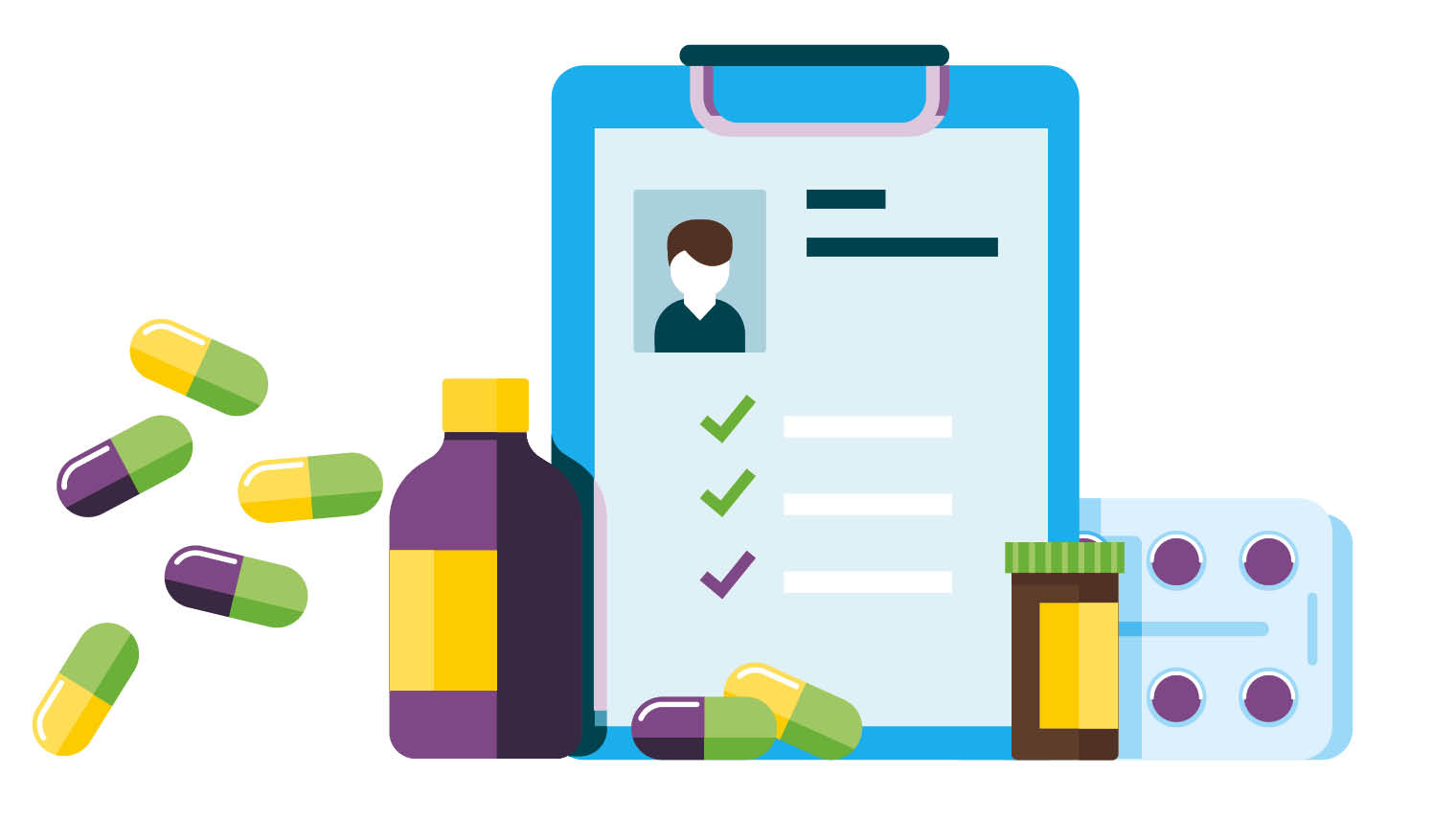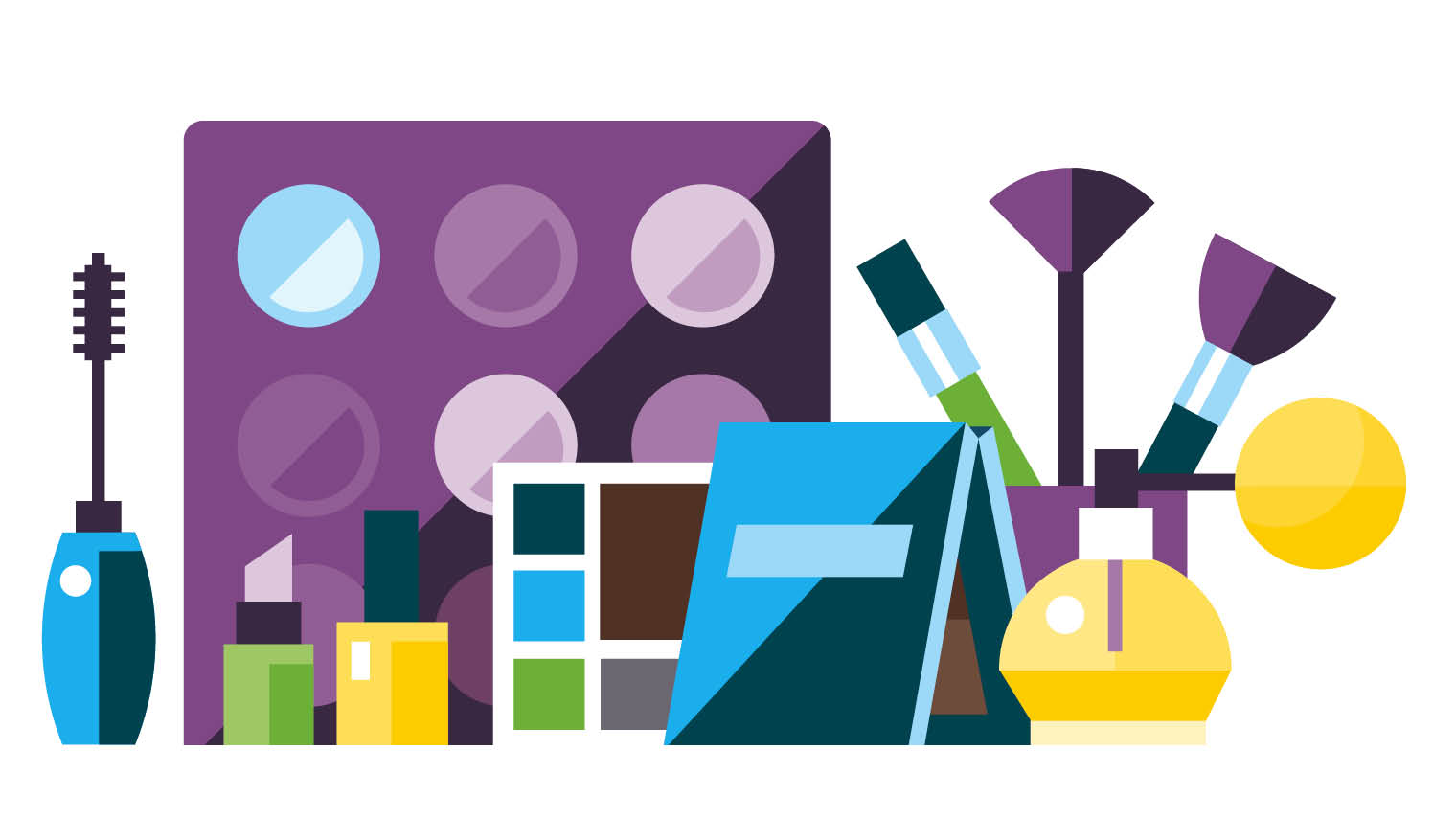FOOD
How often do people throw food away because they have forgotten when they opened it? Take ham for example, an estimated 1.9 million slices are thrown away every day in the UK, according to sustainable waste management charity WRAP.
Smart packaging firm Insignia Technologies has developed a label designed to reduce the likelihood of consumers throwing out food unnecessarily while it is still fresh and safe to eat.
After Opening is a time and temperature-monitoring label that uses a colour-changing smart plastic to track when food is at its freshest. When a pack is opened the atmosphere around the labelling changes and a centre dot on the label gradually changes colour from yellow to purple as the food becomes less fresh. This gives a clear indication of how long the pack has been opened, enabling people to reduce unnecessary food waste and save money.
Packaging that doesn’t directly involve technology, but does some social “thinking” on behalf of the community can be considered smart. Take the hated white polystyrene box used to transport fresh fish. So hated are they that last year a group of London chefs led a campaign to get rid of them, but they continue to be used due to a lack of alternatives with comparable insulation and leak-proofing capabilities.
With the launch of the EcoFishBox, which uses specifically chosen wood-fibre materials together with specialty adhesives, is completely leak-proof, waterproof, recyclable and collapsible, the days of polystyrene fish boxes look numbered.
Gilles van Nieuwenhuyzen, head of packaging solutions at Stora Enso, which developed the EcoFishBox, says: “People hear about islands of waste floating around the world’s oceans, and see discarded plastic littering their local parks and rivers. They are ready and willing to make more sustainable choices, but they need better options to choose from – and that’s ultimately down to the industry.”

HEALTHCARE
The NHS faces mounting pressure to treat more patients with stretched financial resources, yet one of the biggest areas of waste is patients’ failure to take their medicines properly. The cost is estimated at more than £500 million a year, money that could be put to good use elsewhere within the service. It’s a problem the pharmaceutical industry is addressing through the use of smart packaging.
Phuturemed is an advanced packaging solution that uses low-power electronic ink technology able to monitor the conditions of the medicine contained within it. One of its uses is to monitor the adherence of a patient to their medication. When used in a standard blister pill box, information can be sent to a smart device whenever a pill is popped out of its casing, creating a record of the patient’s consumption.
“Primarily, this creates a log that the patient doesn’t have to think about, but can be viewed by their doctor, thereby enhancing the customer journey through convenience,” says Andrew Welch, managing director of brand consultancy Landor London.
“The producer of the medicine can track the medicine in real time and establish a personal link to their consumer through an individual product. This has huge potential to enhance customer experience on an individual basis and could be the beginning of a customer-centric pharma packaging revolution.”
Product design firm Cambridge Consultants has also developed smart medical packaging that guides patients through the process of administering their own medicine. AudioPack improves on basic instruction leaflets with informative audio messages, triggered by touch-sensitive paper packaging.
For someone who has just been diagnosed with diabetes, for example, AudioPack will provide sound-bite instructions to support the patient through the process of injecting themselves with medication, potentially for the first time.
Jaquie Finn, head of digital health at Cambridge Consultants, says: “Being able to unobtrusively gather information from the patient throughout their medication regime, understand motivational aspects bespoke to that patient and then nudge behaviour toward positive outcomes is the Holy Grail when trying to tackle medication non-compliance.”

BEAUTY
A beauty boom, with the global cosmetics market forecast to be worth $390.07 billion by 2020, has been accompanied by a worrying increase in counterfeiting. But cosmetics brands, which already use smart packaging to enhance brand and customer loyalty, are deploying the technology to protect their image and their customers.
Nowhere is this issue proving more challenging than in the flourishing far-eastern cosmetics markets of Japan and Korea. “A beauty trend we are seeing from this region is a complex and regimented beauty routine, with a specific product for each and every skin complaint,” says Andrew Welch of Landor London. “South Korea in particular has been pioneering in this sense, bringing their lengthy ten-step beauty routines to the West in recent years to much acclaim.”
China is one of the biggest markets for Korean cosmetic brands, but it also one of the largest sources of fake cosmetics, distributed across multiple channels, including online marketplaces. Now Korean brands are fighting back using smart packaging.
HiddenTag is a mobile app-based solution that helps the customer to distinguish fake products from the real thing using unique data embedded in a smart hologram sticker. The HiddenTag mobile app reads the sticker data and connects to a server to identify whether or not the product is genuine.
Leading Korean cosmetic brands, such as Claires and CLIO Cosmetics, have incorporated HiddenTag technology in their packaging to protect and enhance their brand credibility as well as ensure the safety of their customers from not only fake, but also potentially harmful compounds.
